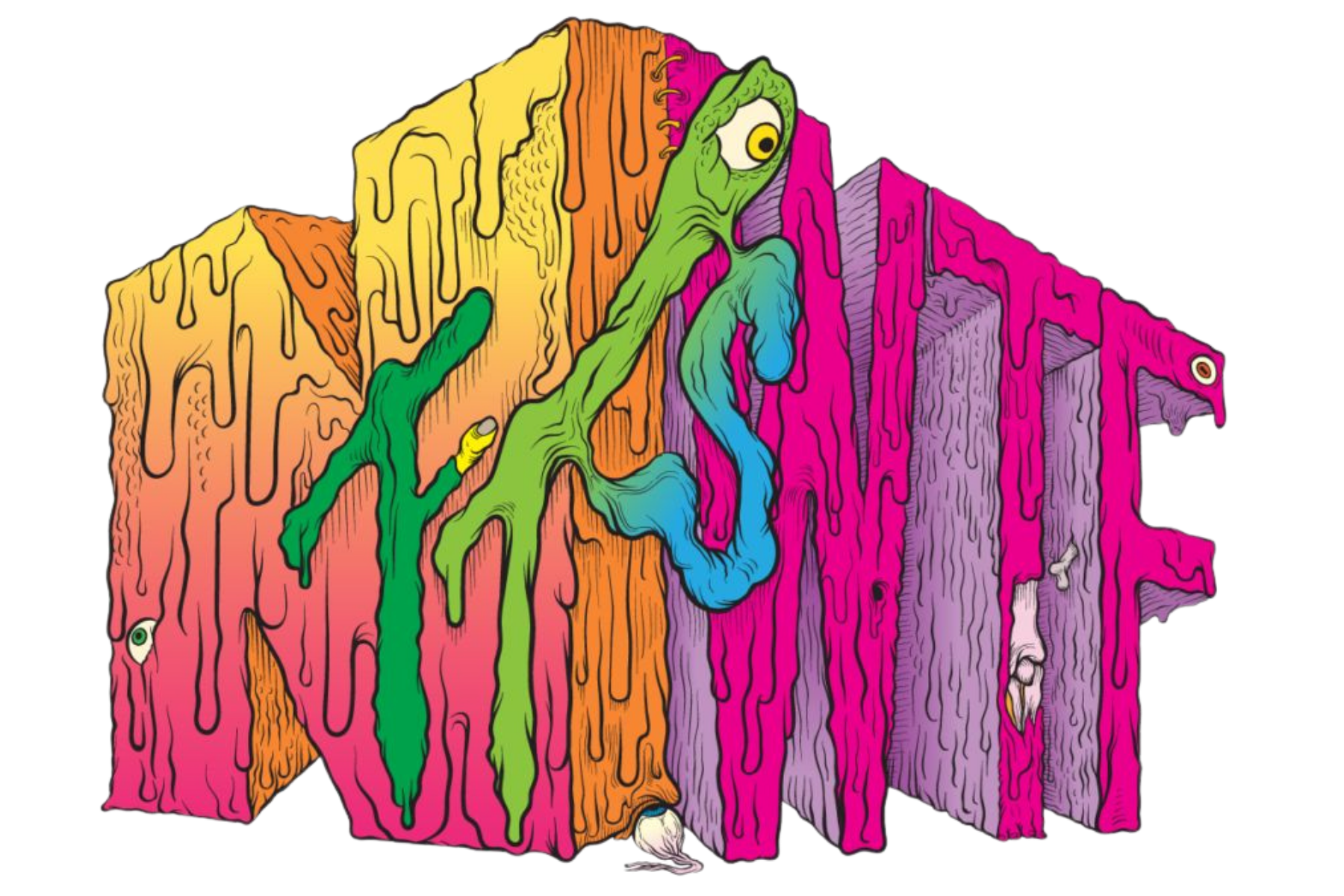One of the less-noticed yet game-changing aspects of NFTs is the ability to set a royalty for the artist that is automatically transferred with each transaction. Though not fully realized, NFT royalties allow artists to profit from the increasing value of work over time, typically 10%, and address concerns long-held by physical artists regarding fair payment systems. So it was a bit disappointing to see Binance NFT launch in June with a 1% secondary royalty rate. However, ass the NFT terrain becomes increasingly fragmented across chains, a look back at NFT resale royalties on Ethereum may offer inspiration for those concerned about furthering this development.
Artist’s royalties for secondary sales, also known as artist’s resale rights, are a long-standing topic of debate in the traditional art world. However, such rights have never been fully established, and experiments have been limited. The growing awareness of royalties now being raised in NFT Land may lead to a decisive push forward in that regard and offer NFT artists stronger connections to traditional artists.
In an interview in April of 2021 for NFT Radio, artist Matt Kane told the story of how artists, collectors, and platforms came together to institute a standard 10% royalty going to the artist for secondary sales of art. In 2019, SuperRare had begun setting 3% royalty rates on secondary sales. This did not sit right with Kane, who raised the issue on Twitter but received limited community response. At that point, Kane sat back and waited for community leadership to address the task.
Ultimately Kane realized that he must become the leader he sought and drew together a small network. The group discussed appropriate demands, studied historical information gathered by Bard Ionson, and followed through with a letter to crypto art platforms. Some artists also boycotted platforms or removed their work from platforms without secondary royalties. By the end of March 2020, all the major platforms of the time had agreed in principle to an “industry-wide standard of minimum 10% secondary sale royalties for artist minted NFTs.”
Now, essentially a year later, much has changed with varied progress beyond these initial shared goals. Secondary sale royalties became an expected feature of Ethereum-based NFT platforms and, as new platforms launched and followed suit, the standard was shown to be set. However, though NFT art minting and sales are finally showing results on blockchains beyond Ethereum, royalties and similar standards are not following suit.
Perhaps the next major step in unifying smart contracts and royalty standards on Ethereum, the development of EIP-2981: NFT Royalty Standard, can also affect awareness of such issues on other chains. Its authors, Zach Burks, James Morgan, Blaine Malone, James Seibel, are creating a standard that “allows contracts…to signal a royalty amount to be paid to the NFT creator or rights holder every time the NFT is sold or re-sold. This is intended for NFT marketplaces that want to support the ongoing funding of artists and other NFT creators.”
The proposal closes for review this month and currently seems to be the most promising effort to bring together platform stakeholders around a practical initiative with potentially far-reaching consequences. Artists aware of this proposal have shown a positive response. While voluntary, this approach sets a concrete standard.
It seems likely that most participants in the Ethereum NFT ecosystem will find common ground around an effort such as EIP-2981. Ideally, such actions will raise awareness beyond Ethereum and help all artists understand why, as noted NFT collector and entrepreneur Pranksy states, “The news of only 1% artist secondary royalties on offer from @binance is insulting to creators.”
Such awareness helped focus 2020’s efforts to make 10% royalties a community standard setting the stage for concrete industry standards. As Matt Kane notes, the effort’s success is due, in part, to asking the “platforms and collectors to join the artists as ALLIES in making NFTs stronger,” rather than targeting them as opponents. Those seeking standardized royalties across blockchains will likely find such a unifying approach key to long-term success.

